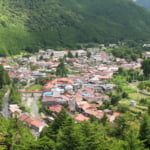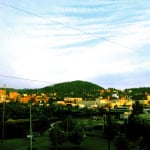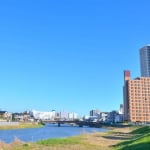Name: Tsurugi Shrine
Address: 113-1 Oda, Echizen-cho, Nyuu-gun, Fukui Prefecture
Official/Related Site URL: https://www.tsurugi-jinja.jp/
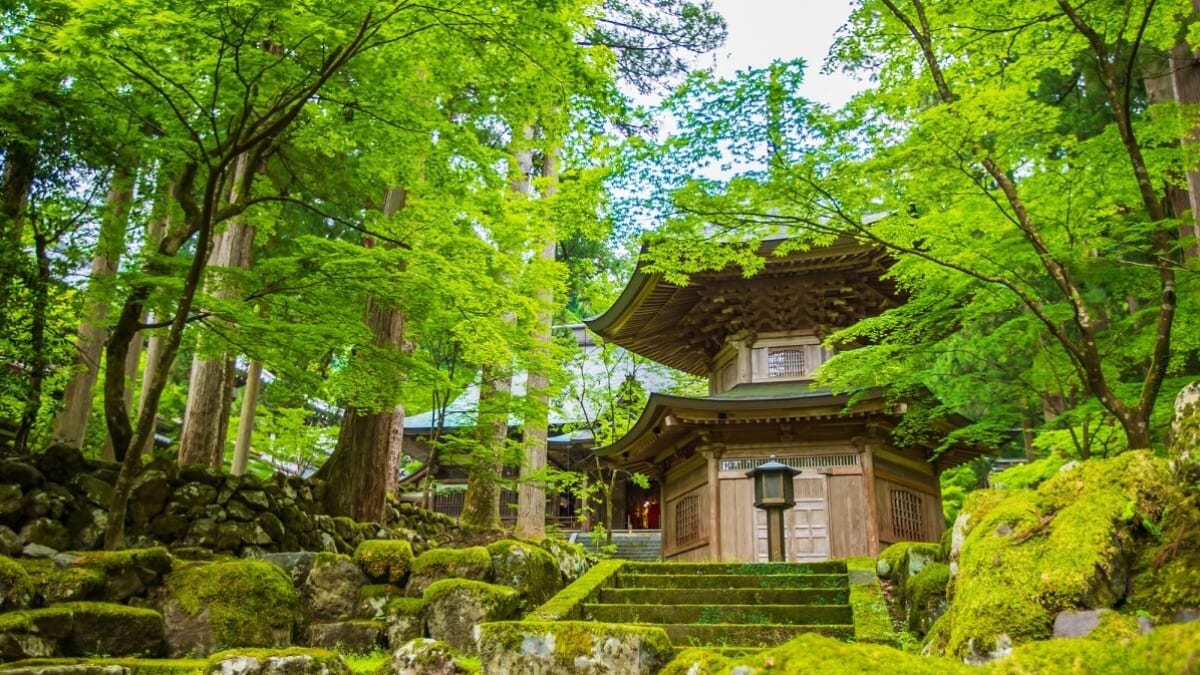
Pray for Good Fortune! 5 Spiritual “Power Spots” in Fukui for Blessings
Fukui Prefecture boasts revered shrines and temples with a long history, as well as famous natural springs that have flowed for over a thousand years—making them popular “power spots.” Each location introduced here has drawn countless visitors since ancient times, offering energies said to transcend human understanding.
Whether you feel overwhelmed by everyday life or want to break through your current circumstances, visiting these spiritually beneficial locations is highly recommended for those seeking to make their wishes come true.
table of contents
[x] close
Pray for Good Fortune! 5 Spiritual “Power Spots” in Fukui for Blessings
1. Tsurugi Shrine
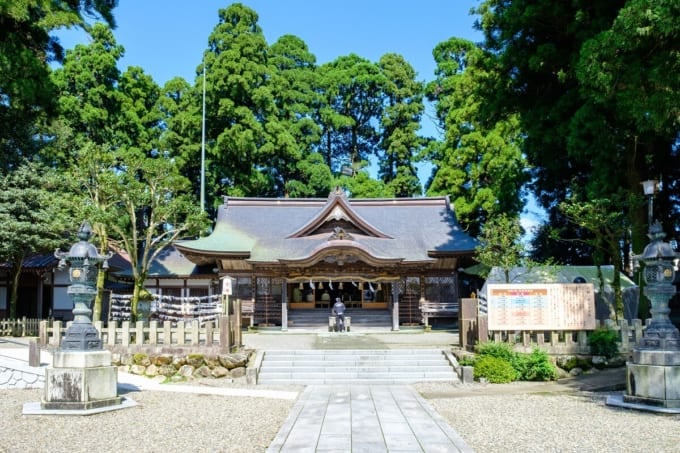
With over 1,800 years of history, Tsurugi Shrine (つるぎじんじゃ) has been revered as a sacred site since the Nara period, earning the deep trust of worshipers. It is a prestigious shrine visited by not only Fukui locals but also people from outside the prefecture.
The main hall is a designated cultural property of Fukui Prefecture. In the worship hall, you’ll find an Omokaru-ishi (literally “light-heavy stone”), believed to grant wishes. Legend says if your wish is likely to come true, the stone lifts easily; if not, it will feel heavy and difficult to raise. If you hold a secret wish in your heart, visit Tsurugi Shrine to test your fortune with the Omokaru-ishi.
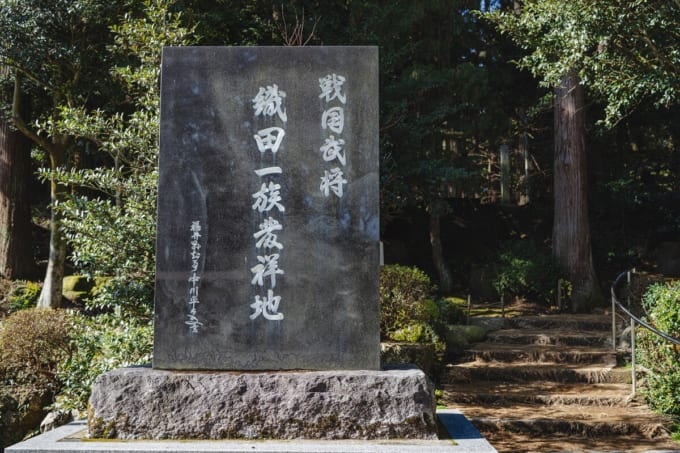
Another interesting fact: it’s said that the ancestors of Oda Nobunaga once served as priests here. During the Warring States period, Nobunaga himself revered Tsurugi Shrine as his clan’s guardian deity. The Treasure Hall houses various national treasures and numerous historical documents, which visitors can view.
2. Eiheiji Temple (Daihonzan Eiheiji)
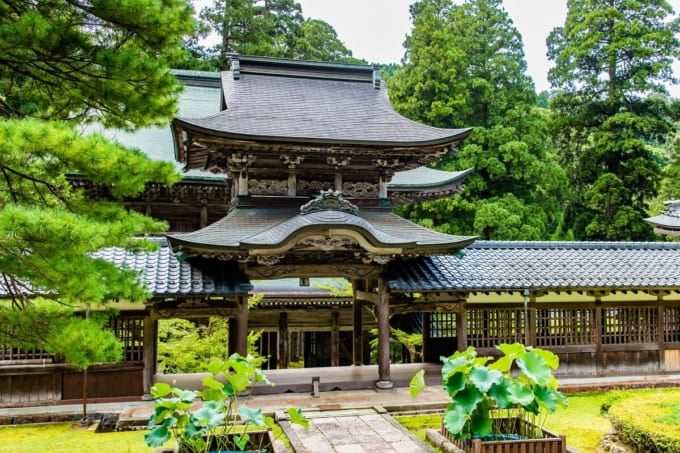
Eiheiji was established in 1244 (Kangen 2) by Zen Master Dogen, the founder of the Soto school of Zen Buddhism. Together with Sojiji in Kanagawa Prefecture, it serves as one of the principal temples (daihonzan) of Soto Zen.
Within the temple grounds stand around 70 buildings of various sizes. The “Shichido Garan” (seven main halls), connected by corridors, still plays a major role as a place of monastic training. Next door, the Ruri Hōhōkaku houses numerous nationally significant treasures.
Stepping into the solemn atmosphere of Eiheiji can fill you with a deep sense of reverence and a powerful spiritual energy. In addition, the temple is famously open-minded toward people of all faiths, one of the reasons it attracts so many visitors. In 2015, it was awarded two stars by the renowned Michelin Green Guide Japan.
Name: Daihonzan Eiheiji
Address: 5-15 Shihi, Eiheiji-cho, Fukui Prefecture
3. Okamoto Shrine & Otaki Shrine
Located in Echizen City, Okamoto Shrine (岡太神社) and Otaki Shrine (大瀧神社) are ancient shrines with roots dating back about 1,500 years.
Echizen City is known as the birthplace of Echizen Washi (traditional Japanese paper). Legend holds that a beautiful maiden once appeared along the upper reaches of the Okamata River and taught the villagers how to make paper using the clear local waters. Grateful, the villagers came to revere her as Kawakami Gozen (Okamoto no Okami) and founded Okamoto Shrine. The shrine building erected in 1843 (Tempo 14) is designated an Important Cultural Property as a prime example of late-Edo-period architecture.
Every May, the shrines host the “Kami to Kami no Matsuri” (Festival of Gods and Paper)—a Fukui Prefecture-designated intangible folk-cultural event—drawing many visitors. While you’re in the area, don’t miss the Echizen Washi no Sato (Echizen Paper Village), where you can try hands-on papermaking.
Name: Okamoto Shrine & Otaki Shrine
Address: 13-1 Otaki-cho, Echizen City, Fukui Prefecture
Official/Related Site URL: https://echizenshi-guide.com/spot/okamoto-otaki/
4. Akatani Uriwari Shimizu
Among the nation’s power spots, some are famous for their “meisui” (renowned spring water). Akatani Uriwari Shimizu (赤谷瓜割清水) is one such place. Legend says the crystal-clear water here has never dried up in over 800—or possibly 1,000—years, and its mild taste attracts many visitors from afar.
This abundant spring water flows into the Akatani River. It’s believed to help cure eye diseases and promote longevity, and has been carefully protected by local residents for generations. A statue of Fudo Myo-o (a Buddhist deity) stands beside the water, and just watching the gentle flow is enough to bring a feeling of serenity.
Near this spot is Kojiro Park, the birthplace of famed swordsman Sasaki Kojiro. Stroll through the greenery and enjoy watching the colorful carp swim in the park’s pond—an excellent way to unwind.
Name: Akatani Uriwari Shimizu
Address: Akatani-cho, Echizen City, Fukui Prefecture
Official/Related Site URL: https://www.pref.fukui.lg.jp/doc/kankyou/water/uriwarishouzu.html
5. Keya Kurotatsu Shrine
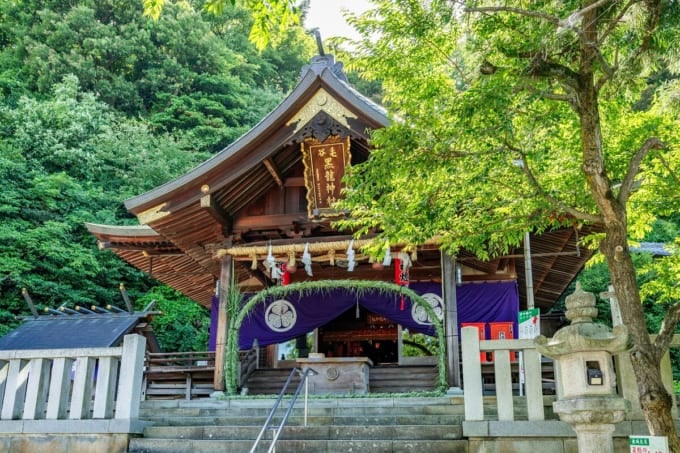
Located in Fukui City at the foot of Mt. Asuwa and Mt. Kurotatsu, Keya Kurotatsu Shrine (毛谷黒龍神社) is a historically significant Shinto shrine.
Dating back to 708 (Wadō 1), it’s one of Japan’s “Four Great Myojin” shrines, founded to protect the nation and manage flood control of the Kuzuryu River (once called Kurotatsu River). Locally, people refer to it as “Kurotatsu-san.” On January 9th and 10th each year, it hosts the lively Toka Ebisu Festival.
Keya Kurotatsu Shrine is said to bring blessings for vitality, fertility, safe childbirth, and prosperous business. It’s believed to ward off evil with powerful energy and foster a positive, forward-looking mindset. By praying with sincerity, you may discover a new path in life.
Within the shrine precincts are stones known as “negai-kake ishi” (wishing stones) and “kouun no nade ishi” (fortune stones), said to contain resident spirits. As a well-known power spot, it draws many worshipers who claim they can feel a strong spiritual energy simply by setting foot on its grounds.
Name: Keya Kurotatsu Shrine
Address: Keya, Fukui City, Fukui Prefecture
Official/Related Site URL: https://www.kurotatu-jinja.jp/
◎ Summary of Recommended Power Spots in Fukui

We’ve introduced five locations in Fukui Prefecture: four historic shrines and one famed spring believed to have flowed continuously for 800 to 1,000 years.
A “power spot” usually refers to a place where you can sense a strong life force—such as a dense forest or a crystalline spring. Many venerable shrines and temples also exude a natural, revitalizing energy that can uplift your spirit simply by being there.
Whether you choose to visit one spot per day for a deeper experience, or hop between several places in one trip, explore at your own pace. You’ll likely feel renewed strength from within and find yourself naturally looking ahead with positivity!
RELATED ARTICLES
REGIONS
CATEGORIES
FEATURED ON Guide
-
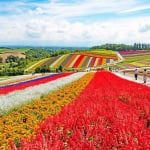
Where will you go for the summer vacation? Introducing recommended spots for domestic travel
-

Kaizu City’s Recommended 7 Tourist Spots. Enjoy the Culture and History Nurtured by Wajū!
-
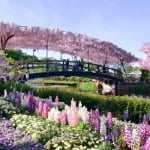
What Makes Ashikaga Flower Park So Special? A Treasure Trove of Photo-Worthy Spots!
-
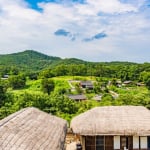
600 Years of Radiant Tradition: Korea’s Historic Villages of Hahoe and Yangdong
-

Two-Colored Seas and a Pink Beach! 4 Must-Visit Spots in North Eleuthera
MOST POPULAR ON Guide
-
 1
1Doha: Must-see Attractions in the Capital of Qatar
-
 2
2Toronto: 10 Things to do in this Picturesque Canadian City
-
 3
3Amarillo: A City Famous for It’s Amazing Canyons, Great History and Music
-
 4
4South Korea: Dazzling Scenery, Rich Culture and Fascinating History
-
 5
5Kuwait: A Country in Middle East Asia Famous for Hot Sand Dunes and Stunning Cityscape


